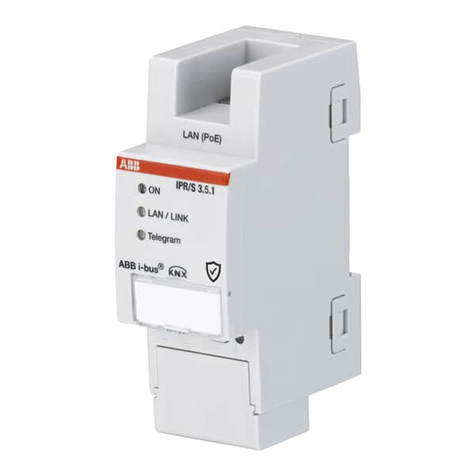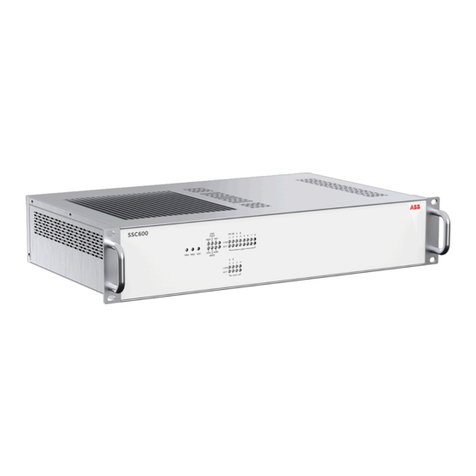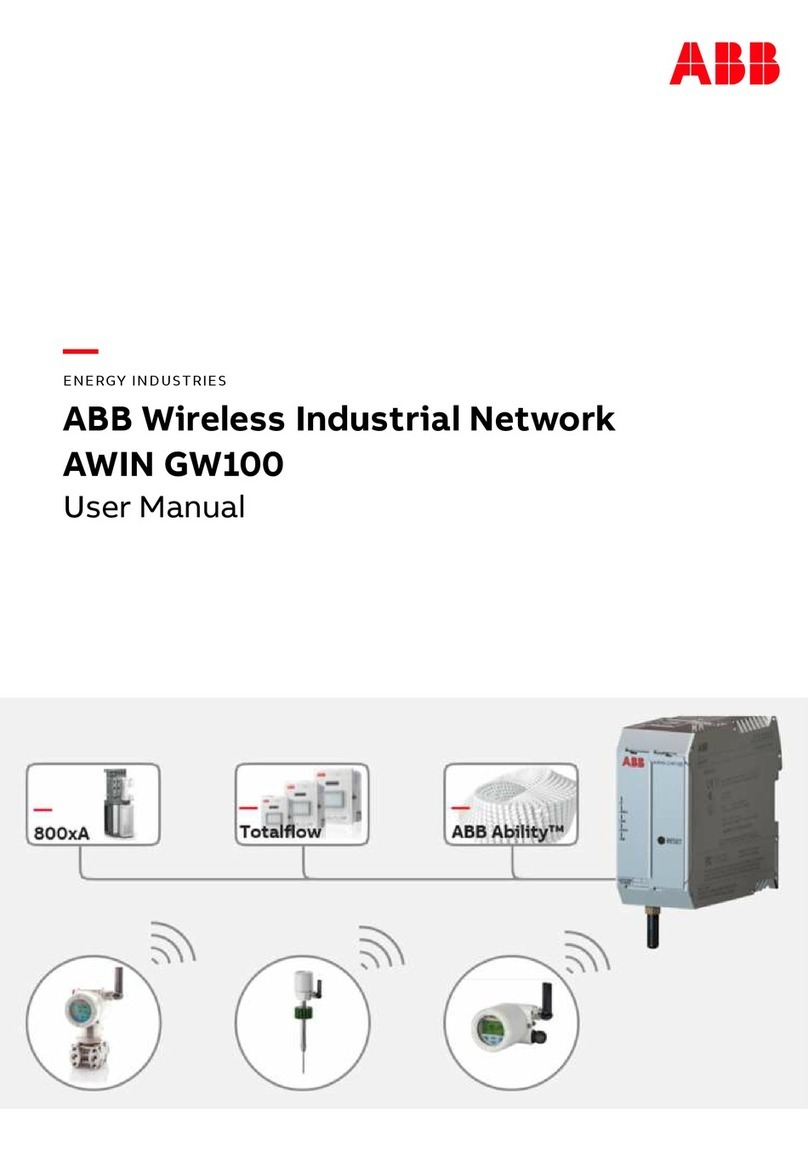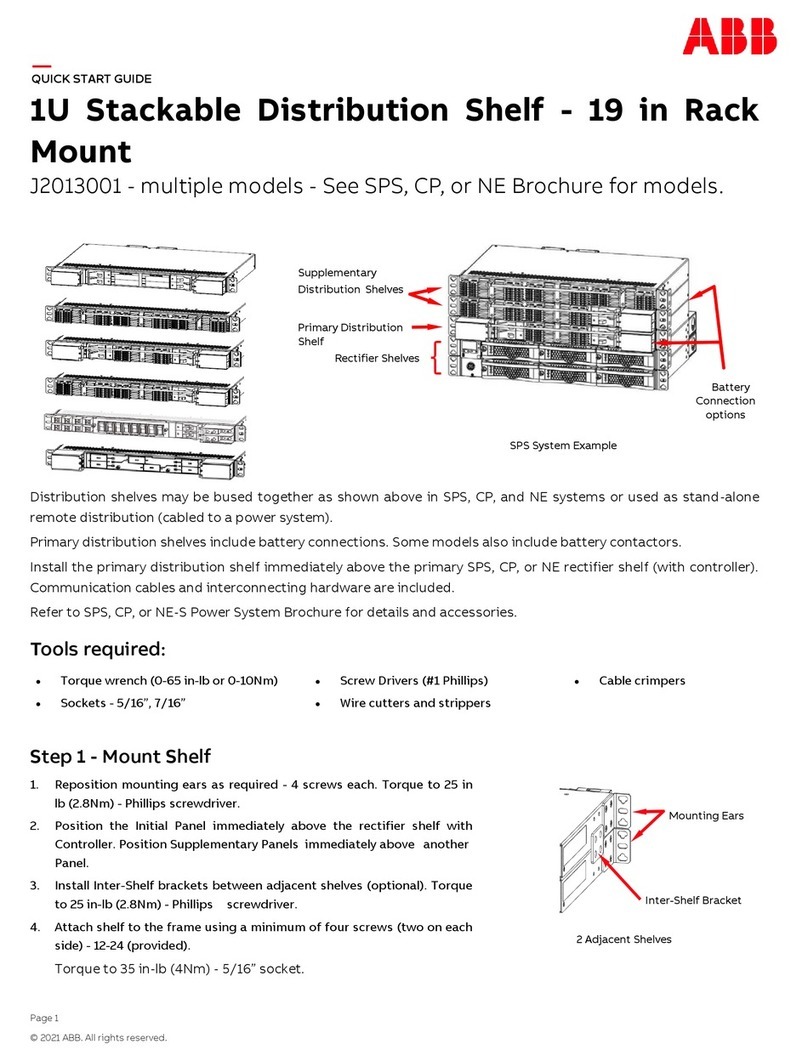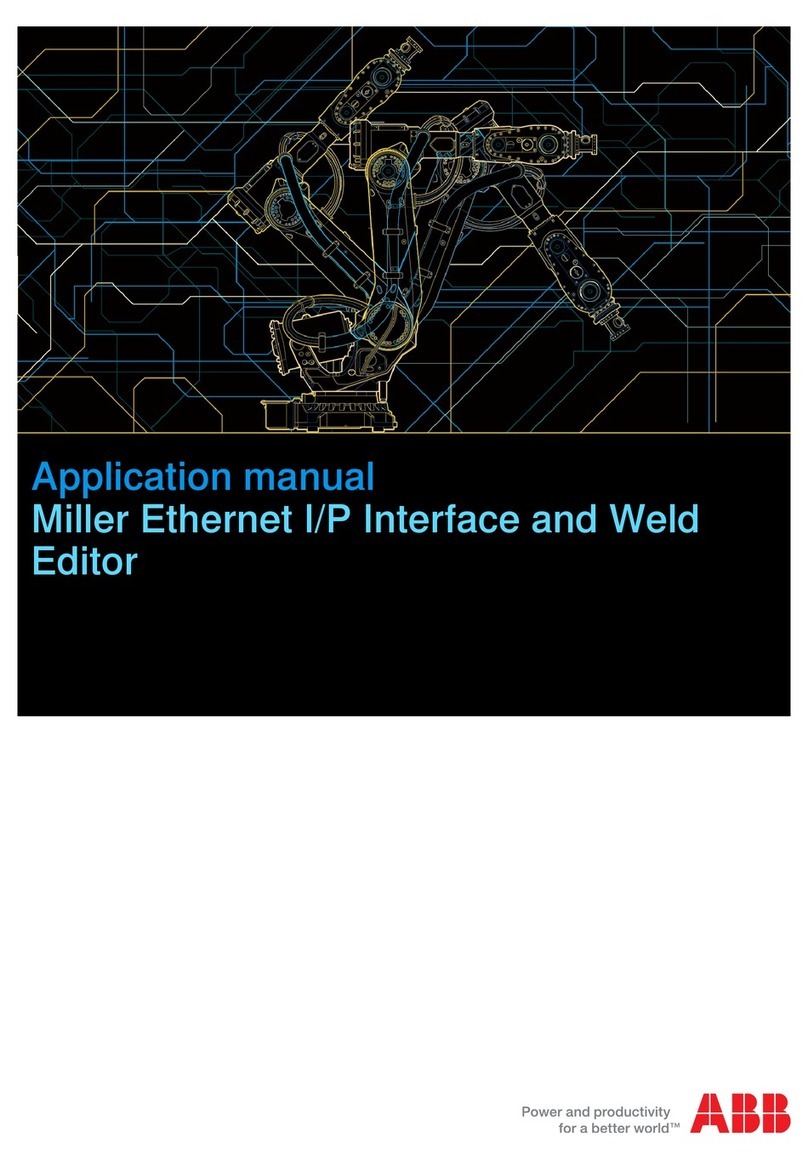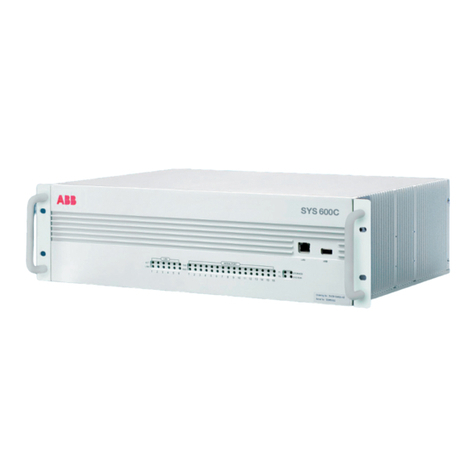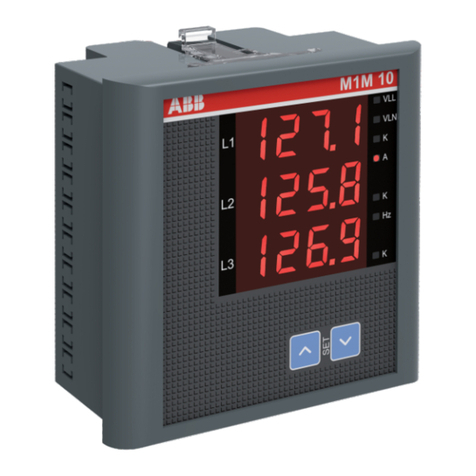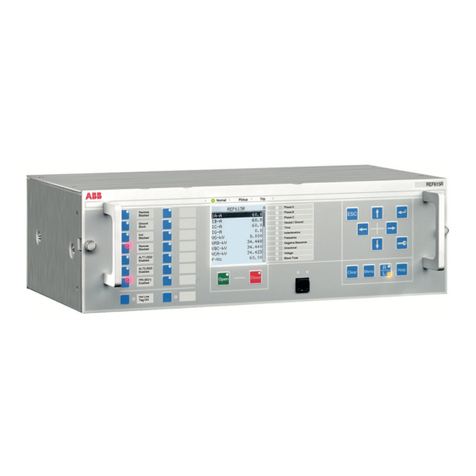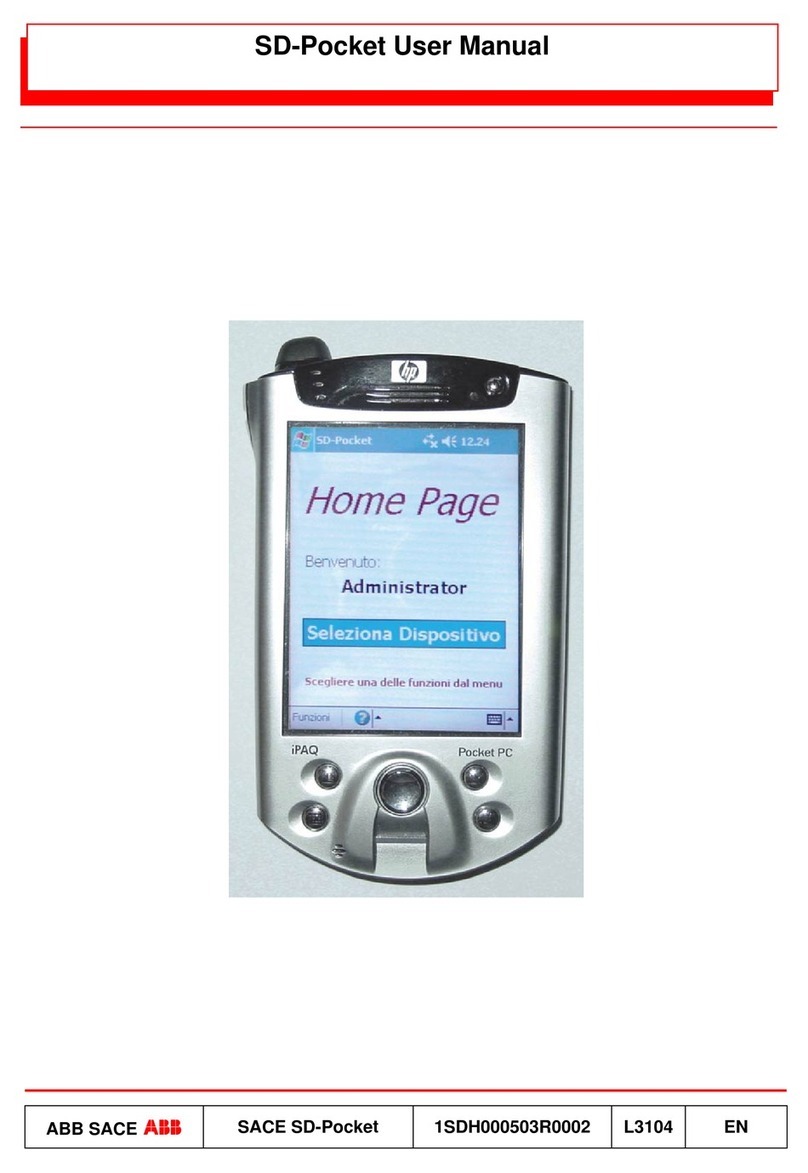
6
—PDCO M – INSTALLATION MANUAL
4Precondition for PDCOM installation
• VPIS/VDS tested
The following table shows which VPIS (also called as
VIS) and VDS has been tested.
ABB ID number Coupling
capacitance (pF) Nominal Voltage
(kV)
3WDA020579P0001 10:40 3:24
3WDA038144P0001 10:40 3:24
In case VPIS/VDS used is not present in the tableit
has to follow the minimum CapacitanceRange
requirement reported below:
•Capacitive coupler requirements
15:250 (pF) - above 50(pF) is preferable
•SWG shutdown
Note on safety at work
All relative work and operating procedures must be
carefully carried out by trained specialists familiar
with the installation, taking into account all the
relative safety regulations according to the IEC and
other relevant professional bodies, as well as any
local and work regulations and instructions.
•Ground busbars
Earthingtheswitchgear
Connectmain earthingbar with connections
provided in every panel. Ensure protection for the
wiring connection of the floor frameor the
erected raised false floor. Connect the earthing
conductor from the earth electrode, preferably via
a removable bolted connection for testing
purposes, to the main earthing bar of the
switchgear.
• Case 1: Identification of VPIS/VDS
• Case 2: identification of coupler placement
(in case VPIS/VDS is not present and a
dedicated coupler is required)
4.1 Checking environmental
conditions and installation
space
The mechanical and electrical environmental
conditionsat theinstallation site must be within the
limits described in the technical manual.
• Avoid installation in dusty, damp places
Avoid places susceptible to rapid temperature
variations, powerful vibrations and shocks, surge
voltages of high amplitude and fast rise time,
strong induced magnetic fields or similar extreme
conditions.
•Installation
The protection class of thedevice is IP54 from the
front side and IP20 from the backside. It is
therefore suitablefor outdoor installation. The
unit is designed to beinstalled on the front door
of the panel, however it can be integrated in an
enclosed cabinet too, protected from excessive
heat, humidity and dust. The unit can function in
any other position.
• Check that sufficient space is available
Sufficient space is needed on topand in front to
allowaccessto wires and to enable maintenance
and future modifications.
• Environmental conditions
The equipment will operate within thespecified
tolerances only if the following environmental
conditionsare respected:
Ambient temperature range: -20 °C to +55 °C
Storage temperature range: -30 °C to +70 °C
Ambient humidity: 0 – 95% non-condensing
• Grounding the device
Unwanted transients must be eliminated
(lightning protection). Comply with EMC
requirements.
